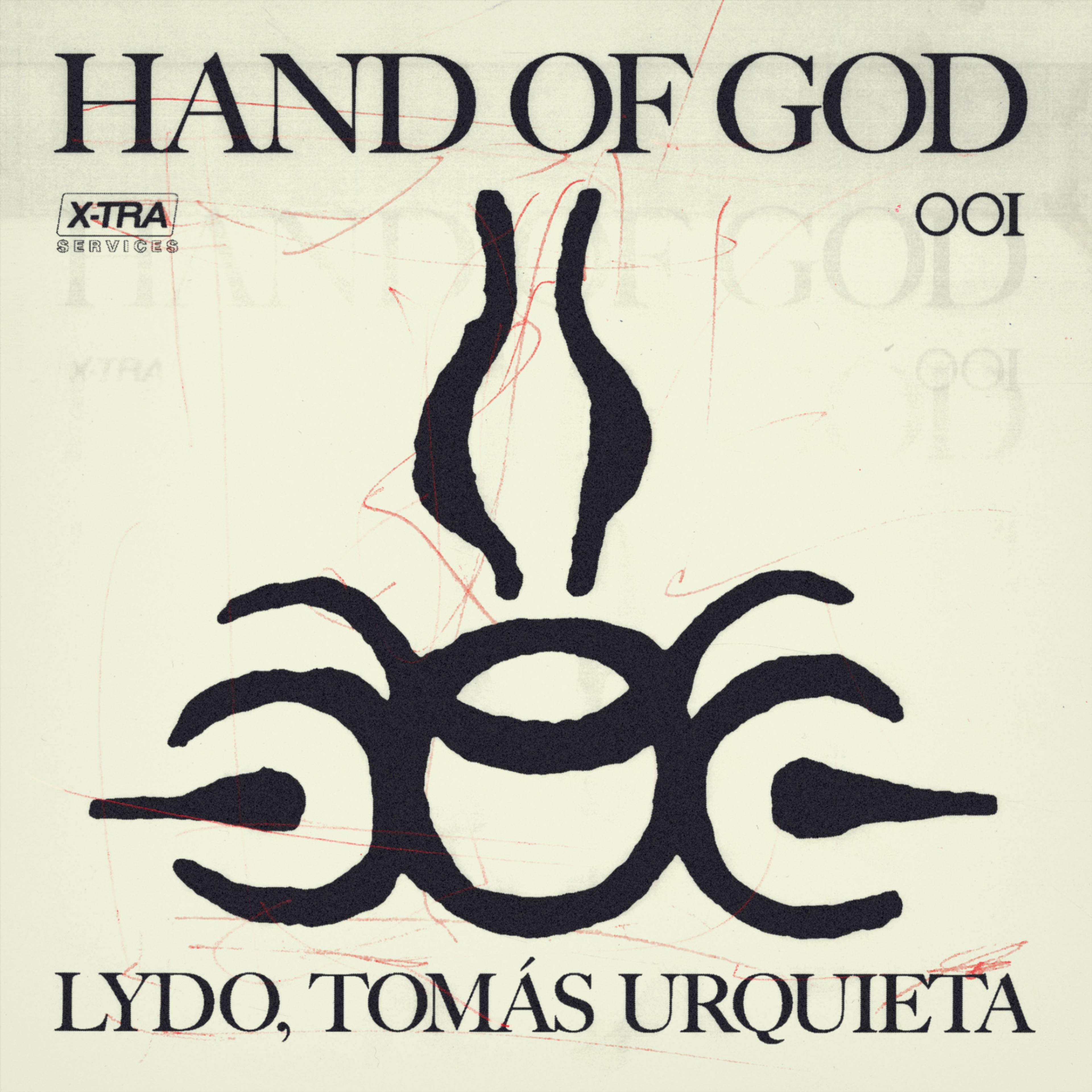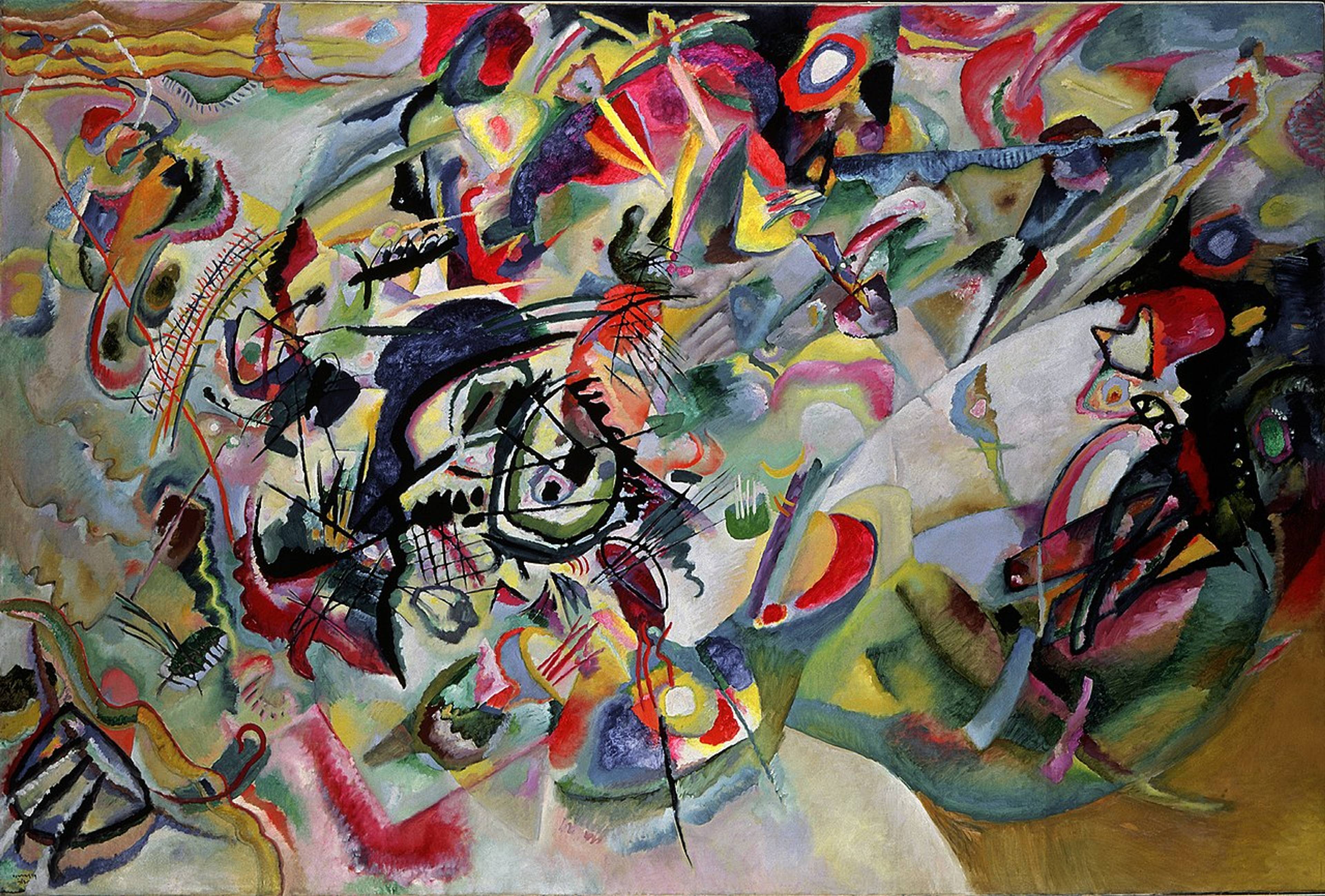When I dance, I love to respond to changes in the bassline, dipping a shoulder or raising a finger as a DJ breaks new rhythmic ground. In Lydo’s sets, transitions often catch me out. A beat will slide into the mix some steps before or after the obvious drop, and a darting, celestial melody will glide in a few-and-a-half bars later.
Elegant and elusive, Lydo’s sound departs from those established in cities like Detroit and Berlin, techno’s meccas. This was underscored at Knockdown Center in March, when the Brooklyn-based DJ opened for Ben Klock and Robert Hood. A Berlin native and Berghain resident since 2005, Klock’s sound is spare and heavy. Propelled by thick kicks and warm hi-hats, his tracks feature catchy flourishes and thunderous drops. A founder of Detroit’s legendary Underground Resistance, meanwhile, Hood’s techno is minimal and melodic, distinguished by its soulful groove and solid, four-on-the-floor rhythm.
Lydo’s signature, by contrast, is their teasing syncopation. In their sets, hooks and basslines are frequently suspended or deferred. Different ideas are often explored in a mix’s upper and lower ranges, producing a doubling that is by turns queer, trans, and diasporic. Queer because it embraces the “ecstatic temporality,” in the words of queer theorist José Esteban Muñoz, of being in multiple places simultaneously. Trans in that it moves between positions and finds meaning in this movement. Diasporic in the sense that it embraces the improvisational, in-between space in which, as postcolonial scholar Homi Bhabha notes, "the meaning and symbols of culture have no primordial unity or fixity.” In its joyful multiplicity, Lydo’s sound speaks to many forms of difference.
Lydo’s parents met as refugees leaving Vietnam in the 1980s. The DJ was born in the Philippines, where they lived for twelve years, before moving to California – they speak with hints of a Filipino accent. Their music can be thought of as a soundscape of the Vietnamese-diaspora, one historically shaped by its rejection of French colonialism and US-American imperialism. From the work of artists such as Trinh T. Minh-ha, Dinh Q. Lê, and An-My Lê, to authors like Viet Thanh Nguyen and Monique Truong, there is an expressive tradition that has carved out a space between the discourses of each invasive power, refusing assimilation into either. This tendency is exemplified by, for instance, Dinh’s photo-weavings, which interlace documentary images with Hollywood film stills about the Vietnam war and draw upon traditional grass-mat weaving techniques. Lydo’s sets, which slip between techno’s dominant European and North American vernaculars, propel this lineage in the sonic realm.
*
In 2017, Lydo began selling bags and other club apparel via X-TRA.SERVICES, a ravewear brand that soon evolved into a series of underground raves. The party is now hosted at Basement, in Maspeth, Queens, where Lydo is a resident DJ. At the beginning of this year, X-TRA.SERVICES printed an ad in Hii Magazine that stated, in bold, italicized script, music heals, underlining the ethic that drives the platform.
This month, X-TRA.SERVICES released Lydo’s first EP, Hand of God (2023), a collaboration with fellow Brooklyn-based producer Tomás Urquieta. “Pioneer Spirit,” the throbbing, atmospheric opener, shows off the duo’s inventive sound design, where metallic twitches pair with oozing, liquidlike bass. Aquatic pings provide a sense of depth, while tension builds through a suspended mid-layer that fades before the chord progression resolves. The title track blends quickfire percussion with a catchy synth line that quits the mix tantalizingly soon. It hovers in the mid-to-high range, with bouncing kicks, but no discernible bassline, its body provided instead by a sequence of mechanical growls. “Overture” is a pulsating techno tango, perfect for cutting up the dancefloor. “Coil,” the record’s closing statement, takes us deeper into the club. A tense, knifelike rhythm drives the song forward, while snares and a series of machinic flourishes are scattered between beats. Discordant textures thread together in a manner that entices and haunts.
Lydo and Tomás Urquieta, Hand of God, 2023, album cover. Artwork by Erik Carter. Courtesy: X-TRA.SERVICES
In April, Lydo and Urquieta both played X-TRA.SERVICES at Basement. Whereas Knockdown Center is a large, open hall, with rows of bass bins to compensate for the large windows that flank the dancefloor, Basement, located below the former door factory, is a more compact space, where bass reverberates off the curved brick walls. Its main floor plays techno, while a second space, Studio, leans toward house. Unlike Knockdown Center, Basement has a door policy. The lighting, a medley of red beams and flashing white floodlights, contrasts with most partygoers’ black attire. X-TRA.SERVICES nights draw crowds for the music, rather than the vibes – the vibes, as a result, are welcoming.
I caught up with Lydo after their set, and they showed me a draft of the Hand of God artwork on their phone. Its central motif is an enigmatic, abstract symbol that is set to repeat on each of the label’s upcoming releases. A layer of thin, red scratches evokes the industrial sounds that are woven through the record. In the background, two faint palimpsests of the EP’s title suggest an infinite regress.
*
During busy periods, I like to go out sober. I’ll wake early and arrive for the last, dazzling stretch of a party. Afterward, I often meet friends for food, or wander to a museum – even sober, I need to come down.
I was drifting through the Met one afternoon, bass echoing in my ears, when I passed Kandinsky’s Improvisation 27 (Garden of Love II), made in 1912. Kandinsky referred to his paintings as impressions, improvisations, or compositions – his improvisations are expressions of interiority, or “inner nature.” Improvisation 27 features three, imprecise sketches of a couple embracing. The figures are surrounded by a medley of vibrant, watery colors, punctuated by snaking black squiggles and murky, dark paint. An encounter with Austrian-American composer Arnold Schoenberg’s atonal music in the early 1910s drove Kandinsky to distill painting to what he saw as its essential elements: color and form. When viewed sequentially, his paintings from this period are exhilarating, as they edge closer and closer to what was then known as “non-objective” art. Improvisation 27 teeters on the edge of full abstraction.
Kandinsky believed that art, like music, makes the soul vibrate. And the rave, if we follow, is a spiritual experience.
As well as by music, Kandinsky was strongly influenced by mysticism. For him as for other modernists, like Swedish painter Hilma af Klint, abstraction was a means to convey the inner life of things. Kandinsky sought to challenge the “nightmare” of materialism that, as he argues in his polemic Concerning the Spiritual in Art (1911), defined the culture of his day. His esotericism was inspired by theosophists like Helena Blavatsky and Rudolf Steiner, as well as his interest in the eschatology – the theology of death, judgment, and the soul’s final destination – of Eastern Orthodoxy.
Kandinsky believed that art, like music, makes the soul vibrate. It’s easy to dismiss this idea as unscientific, but recent developments in neurology corroborate this intuition. In his work on polyvagal theory, neuroscientist Stephen Porges demonstrates how social interactions affect the autonomic nervous system. The vagus nerve – the long, wandering nerve that connects the brain to the gut, and controls our autonomic nervous system – responds to our environment. Certain audio frequencies can have a soothing effect on this nerve and produce a feeling of safety – YouTube hosts a cottage industry of “miracle tones.”
The artist’s breakthrough came in 1913, when he produced Composition VII. The large, raucous composition is considered the artist’s first, wholly abstract work. Its busy center is a tangle of black scribbles and scars. Uncategorizable forms and watery hues of red, yellow, green and blue repeat throughout the canvas. Colors darken toward the upper and right edges of the composition. Art historians narrate the painting as a reflection on the Biblical themes of resurrection, Judgment Day, the flood, and the Garden of Eden.
Kandinsky’s work chimes with the aniconic nature of raving. Even where raves allow photos, it’s rare to see someone document the dancefloor. It’s implicitly understood that cameras compromise safety, and that there’s a richer atmosphere when partygoers attune to their environment. In its fugitive relationship to documentation, techno aligns with the nonrepresentational dimension of the modernist artist’s oeuvre. It might just be the afterglow of the dancefloor, but there’s something about Composition VII that, to me, invokes the blurry chaos of a rave better than the press portraits, architectural photos, graphic flyers, and other stock imagery in techno’s visual ecosystem.
As critics like Clement Greenberg contend, high modernism is defined by its preoccupation with the material conditions of representation. This mindset is epitomized in Kandinsky’s reduction of painting to its primary attributes. The rave reanimates a painting like Composition VII, as I see it, because it replicates its logic of abstraction, not in the reified arena of the canvas, but in the ecstatic, contingent reality of social space. The rave, if we follow Kandinsky, is a spiritual experience. Although, it’s not only the soul that vibrates, but the collective body.
The arc of the modern master’s career operates like a commercial techno track. His sequence of paintings up to 1913 builds a tension that grows until Composition VII, the alleged invention of abstraction, and the mother of all drops. Lydo’s work breaks from this paradigm – their anti-epiphanic music is defined by deft layering and minor transitions. It enacts the type of disidentification from the mainstream that, as Muñoz proposes, is the offbeat heart of queer worldmaking.
In September, I woke early again to catch Lydo close the penultimate night of Atonal, a storied sonic and visual art festival held at Berlin’s Kraftwerk, a vast former power plant near the Spree. They played for over four hours in Tresor, in the building’s cellar. The first half was bold, brooding techno, escorting ravers into midmorning. Midway, the artist cut the sound momentarily, before exploding into a shiny, house-y groove. I live for the last hours of a night, when most people have left and the dancefloor transforms into a site of unfiltered expression. Tresor’s interior is dim and brutalist – DJs play behind a metal grille. The last section of Lydo’s set was vivid and brilliant; it was as if they were painting the dancefloor in melting, moving colors. I left the club at noon in shimmering sunlight.
Lydo performs at Knockdown Center, Queens, March 2023
___
Lydo’s Hand of God (2023) is available for purchase from X-TRA.SERVICES on Bandcamp.






